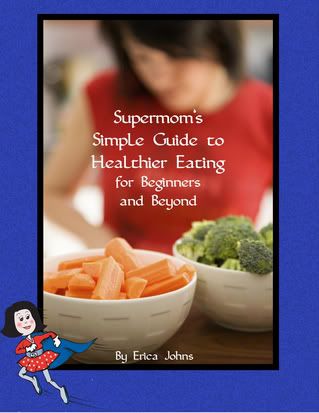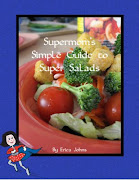Coconut sugar isn't actually a sugar at all. It comes from the sap contained in coconut flour buds. The sap is cooked, the liquid evaporates off, and the crystals are ground up into sugar. (actually, you can get coconut sugar in various forms, but the crystallized kind is what I am used to using) It is sometimes also called Coconut Palm Sugar and a few other names.
Basically, coconut sugar is a form of coconut and is considered a whole food. It has a low glycemic index of 35, so it's a great thing for anyone trying to lose weight and for diabetics. It is very high in minerals and macronutrients that our bodies need, too!
It's super easy to use: You use it in place of white or brown sugar in any recipe, at the same amount of other sugars that were called for, and you don't have to change the baking temp. either. IT DOESN'T GET ANY EASIER THAN THIS, PEOPLE! :)
I buy my coconut sugar from amazon. If you use the Subscribe & Save option you get an additional 15% off the regular price PLUS free shipping! Yes, you have to get six bags of it at once, but they will keep in your pantry so you will just be glad to be stocked up! :)
As you will see, coconut sugar is not cheap like white sugar. For me, when I compare homemade goodies to store-bought ones, even with the coconut sugar going into the homemade ones, it's still cheaper than a package of cookies from the store shelf. When I consider that I'm getting extra nutrients, I'm eating something that isn't going to lower my immune system and help me get sick (and then I'll have to buy stuff to take to combat the sickness), PLUS it isn't contributing to extra weight that I'll regret, it is worth it to me. Your feelings on this may vary. :)
You can read more in-depth information about coconut sugar here.
The Philippine Food and Nutrition Research Institute released the following information about their analysis of nutritive values found in coconut sugar:
| |||||||||||||||||||||||||||||||||||||||||||||||||||||||||||||||||||||||||||||||||||||||||||||











